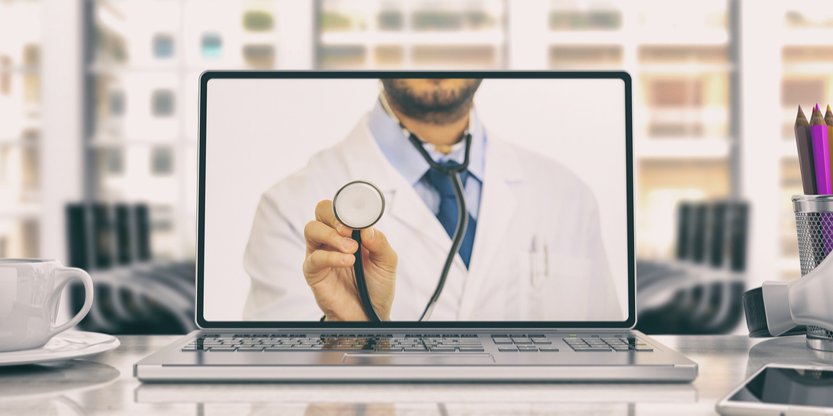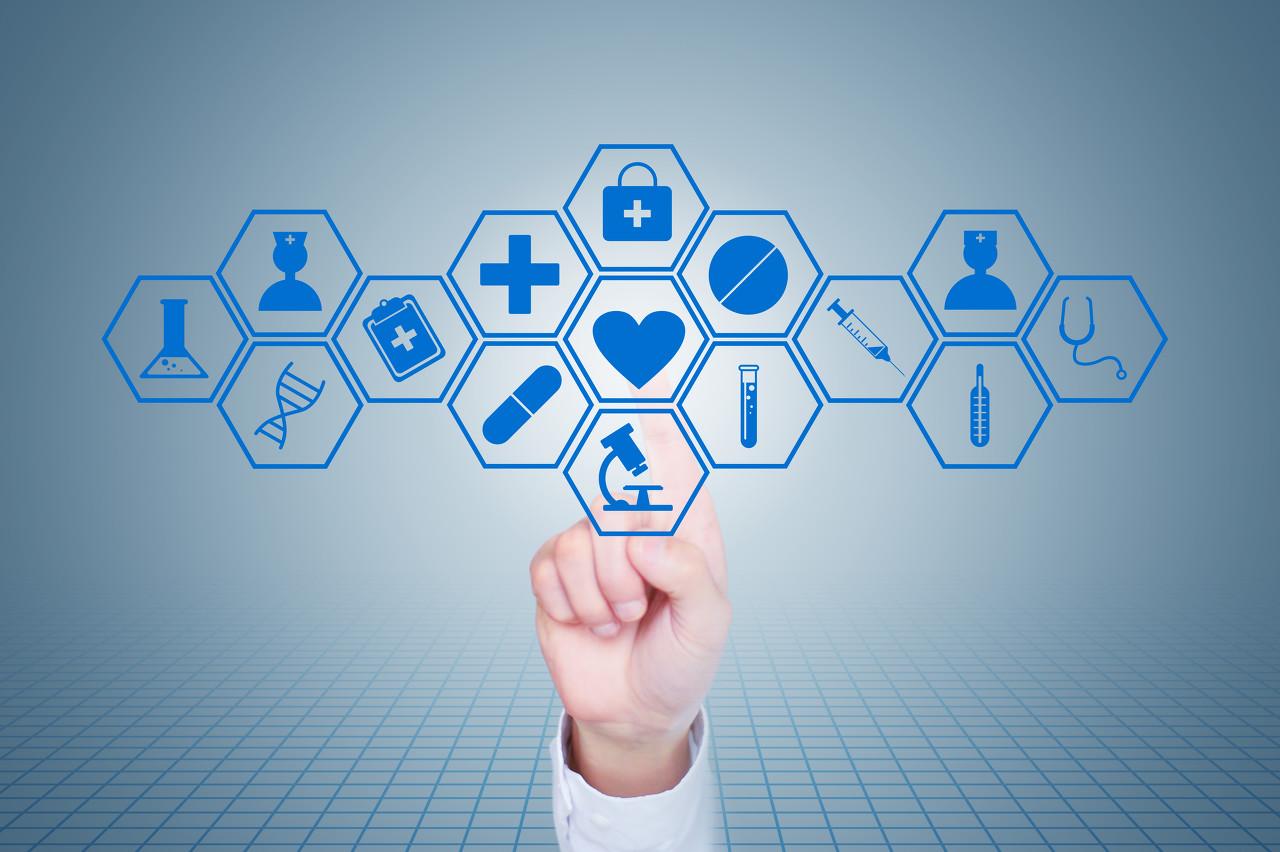According to the results of IEEE global CIO, CTO Interview Survey: opportunities and challenges in 2021, as well as key technology trends, 47% of the respondents believe that the health care industry is currently the industry most affected by technology.
Among them, portable wearable medical devices and new diagnosis technology based on in-depth decision-making bring more possibilities for people's healthy life with the blessing of artificial intelligence technology.
Fabrizzio soares, a member of IEEE, said: "more and more patients are self-monitoring blood glucose, blood pressure, heart rate and other health data by wearing wearable medical devices. These data can be collected and uploaded to the patient's medical record system synchronously; If patients encounter heart attack and other emergencies, the monitoring system of wearable medical devices can help patients make predictions and decisions, so as to avoid crisis; It can also synchronize the collected abnormal data to the emergency rescue system, and send the emergency signal in time when the patient is sick“
At the same time, Professor Zheng Yangong, a member of IEEE, said: "at present, intelligent tattoos, intelligent skin, nano patches, flexible implants and other devices have been widely used in the field of medical health“
Zheng Yangong said: "with the help of artificial intelligence, computers can learn a lot of medical knowledge independently, and give available diagnosis and treatment plans according to different symptoms of patients, so as to help doctors carry out rapid diagnosis and treatment“
In addition, artificial intelligence can also be applied to medical image analysis to help improve the efficiency of disease diagnosis. Professor Han Guanghui, a senior member of IEEE, said: "at present, in computer imaging aided diagnosis, low-dose examination scheme is often used because of the consideration of radiation injury, which makes it difficult to observe some small pathological features from a single perspective; At the same time, most of the existing medical image data sets only contain a limited number of positive samples, which leads to the problems of insufficient samples and unbalanced proportion, and affects the performance and generalization ability of the model. Therefore, some auxiliary diagnosis methods based on artificial intelligence can realize multi-scale feature fusion and data expansion, so as to improve the recognition ability of some pathological features and balance the sample proportion, so as to improve the detection sensitivity and reduce the false detection rate.
 Online medical care
Online medical care
 China releases $1.44 billion worth of medical supplies for export
China releases $1.44 billion worth of medical supplies for export